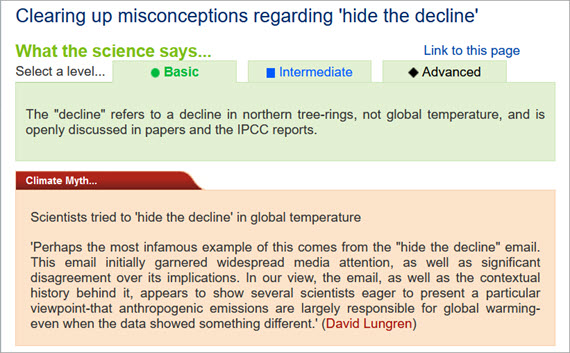Applied Sciences, Vol. 13, Pages 1737: Space–Time Variations of the Apparent Resistivity Associated with Seismic Activity by Using 1D-Magnetotelluric (MT) Data in the Central Part of Colombia (South America)
Applied Sciences doi: 10.3390/app13031737
Authors: Carlos A. Vargas J. Sebastian Gomez Juan J. Gomez Juan M. Solano Alexander Caneva
In this work, we apply multi-temporal 1D-magnetotelluric (MT) surveys to estimate the space–time variations of the apparent resistivity and correlate these changes with seismic activity in the central part of Colombia (South America). We use the time series of the Earth’s natural electric and magnetic fields registered at two MT stations of the National University of Colombia Seismological Network (RSUNAL), located in the Eastern Andean Cordillera, in the central part of Colombia, over several days. Assuming that large earthquakes may generate these types of anomalies, we identified positive results for the Mesetas earthquake (Mw6.0, Lon = 74.184° W, Lat = 3.462° N, H = 13 km-depth, 24 December 2019, UTC 19:03:55), with anomalies registered eight hours before the mainshock. The depth at which the resistivity anomaly was identified coincides with the depth of the earthquake hypocenter. The origin of these anomalies may be associated with the migration of fluids due to the change in the stress regime before, during, and after the earthquake. We hypothesize that before the occurrence of an earthquake, the stress field generates pore pressure gradients, promoting alterations in fluid migration that change the resistivity of the upper crust.

 1 year ago
26
1 year ago
26


